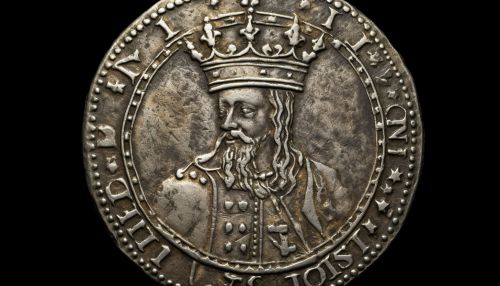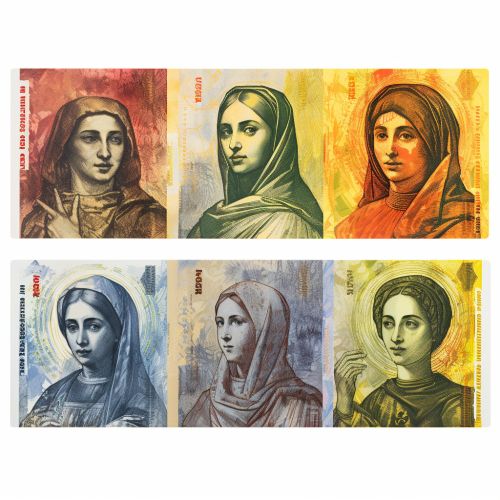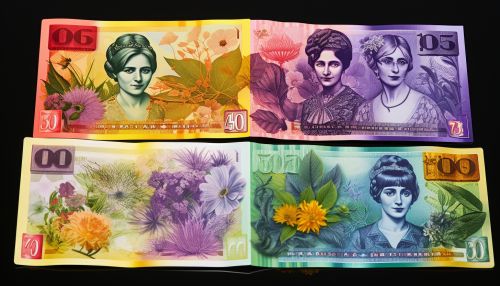Polish złoty
History
The złoty, Poland's national currency, has a rich and complex history that spans several centuries. The term "złoty" is derived from the Polish word for gold, reflecting the currency's origins in gold coins.
The first złoty coins were minted in the late 15th century, during the reign of King Kazimierz IV Jagiellończyk. These early coins were made of pure gold and bore the king's portrait on one side and the Polish coat of arms on the other.
In the 16th century, the złoty became the official currency of the Polish-Lithuanian Commonwealth, a political entity that encompassed present-day Poland, Lithuania, Belarus, and parts of Ukraine, Latvia, and Russia. The złoty was subdivided into 30 groszy, a unit of currency that is still in use today.


During the partitions of Poland in the late 18th century, the złoty was replaced by the currencies of the occupying powers: the Russian ruble, the Prussian thaler, and the Austrian guilder. However, the złoty was reintroduced after Poland regained its independence in 1918.
The interwar period was marked by severe inflation, which led to the introduction of a new złoty in 1924. This złoty was pegged to the gold standard and was initially quite stable, but it lost value during the Great Depression and World War II.
In the post-war communist era, the złoty was subject to frequent devaluations. The most significant of these took place in 1950, when the old złoty was replaced by the new złoty at a rate of 100 to 1.
The fall of communism in 1989 brought about another monetary reform. In 1995, the złoty was redenominated at a rate of 10,000 old złoty to 1 new złoty. This new złoty is the one in use today.
Design and Denominations
The design of the złoty has changed many times over the centuries. The current series of coins and banknotes, introduced in 1995, features prominent Polish historical figures and symbols.
Coins are issued in denominations of 1, 2, 5, 10, 20, and 50 groszy, and 1, 2, and 5 złoty. The 1, 2, and 5 groszy coins are made of copper-plated steel, the 10, 20, and 50 groszy and 1 złoty coins are made of brass-plated steel, and the 2 and 5 złoty coins are made of cupronickel.
Banknotes are issued in denominations of 10, 20, 50, 100, and 200 złoty. Each denomination features a different historical figure: the 10 złoty note features Duke Mieszko I, the 20 złoty note features King Bolesław I the Brave, the 50 złoty note features King Casimir III the Great, the 100 złoty note features King Władysław II Jagiełło, and the 200 złoty note features King Sigismund I the Old.


Monetary Policy and Exchange Rate
The monetary policy of the złoty is managed by the National Bank of Poland, Poland's central bank. The bank's main goal is to maintain price stability, which it achieves by controlling the money supply and setting interest rates.
The złoty is a floating currency, which means its exchange rate against other currencies is determined by the foreign exchange market. The złoty's exchange rate can be influenced by a variety of factors, including inflation, interest rates, political stability, and economic performance.
Future of the Złoty
Poland's accession to the European Union in 2004 has raised questions about the future of the złoty. As a condition of its EU membership, Poland is required to adopt the euro at some point in the future. However, there is no set timetable for this, and the issue remains controversial in Poland.
Despite this, the złoty continues to be a symbol of national identity and independence for many Poles. Its history reflects the country's turbulent past and its aspirations for the future.
